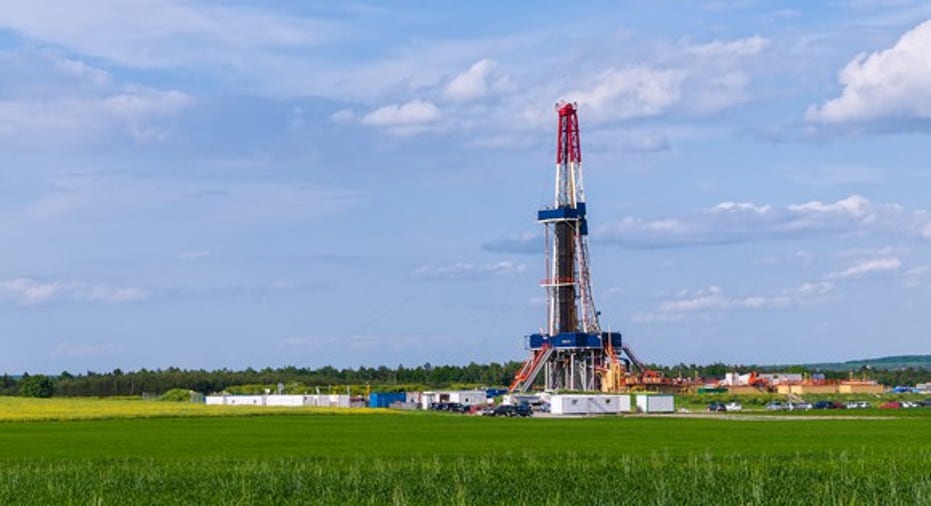Shale production may soon hit a wall

A decade or so ago I was doing a TV interview and talked about a technology called horizontal fracturing and shale oil that might one day make the U.S. energy independent and I was laughed off the air. You see back then the concept of energy independence was thought to be an impossibility.
Fast forward to 2017 and because of the success of hydraulic fraction the term “shale oil” is now widely known by people inside and outside of the oil and trading industry. Shale oil has changed the world and the global economy and now the U.S. can go tell OPEC to take a hike and we can just be increasing production and prices of oil will stay low forever.
Not so fast. Despite the meteoric rise of shale oil and the recent surge in U.S. oil rig counts there is a coming shale oil production peak. Not in the long run of course because the theory of peak oil or peak demand for that matter is never true in the long run but soon we will see shale production plateau. It is an event that is going to catch people by surprise that have got giddy with rinsing shale oil production expectations. The thought that shale oil can replace the historic OPEC/Non-OPEC production cuts and the trillions of dollars in capital spending cuts by big oil on traditional oil projects will soon be put to the test as shale hits its near- term limits.
There are major reasons for this coming shale production peak. The steep production decline rates of shale oil wells and the lack of completions of shale wells despite the sharp increase in rig counts and rising costs per well. Some people think that there is a linear correlation with rising rig count and increasing oil production but that is not the case. Shale oil wells are being drilled but not being completed as the drillers are running into a brick wall with logistics. Well completions are falling off dramatically. It’s getting harder to get sand for the drills and frack crews to do the work. There is also the issue of the lack of infrastructure needed to move oil as pipelines get close to capacity.
Industry sources say that the reason so many wells are going uncompleted is that you can’t hire a “frack job” or crew and there the backlog is building. If you drill a hole today you might not be able to get a crew from oil service giants like Schlumberger (NYSE:SLB) or Haliburton (NYSE:HAL) until next year at the earliest, delaying when you can get the oil flowing. That means that expectations of oil rising production levels are being overstated and the new wells that are being drilled might not yield as much oil.
While shale oil production is likely to keep rising through the end of the year it won’t keep up with OPEC cuts, rising demand and falling U.S. oil supply that has begun to fail dramatically. The U.S. Department of Energy forecast that shale supply will grow by 122,000 barrels a day next month and predicts that U.S. shale will hit 5.4 million barrels a day by June but that is coming against what is the beginning of a historic drop in U.S. oil supply.
That is leading to higher costs. Fracking well costs increased by 7% between November and March according to the Bureau of Labor Statistics. That is the first significant increase in drilling costs in three years and that should continue to rise. With the rapid increase in drilling rigs, oil service and labor costs will go higher.
Now remember I am not questioning the -term prospects of shale. Not only has shale oil changed the energy world as we know it, but it has also shaken OPEC to its core. The technology that is used in shale oil production is in its infancy and in the coming years there is the potential for even more production upside. Yet in the near term we are building in unrealistic expectations of ever rising supply as we get closer to the near-term shale oil production peak.



















